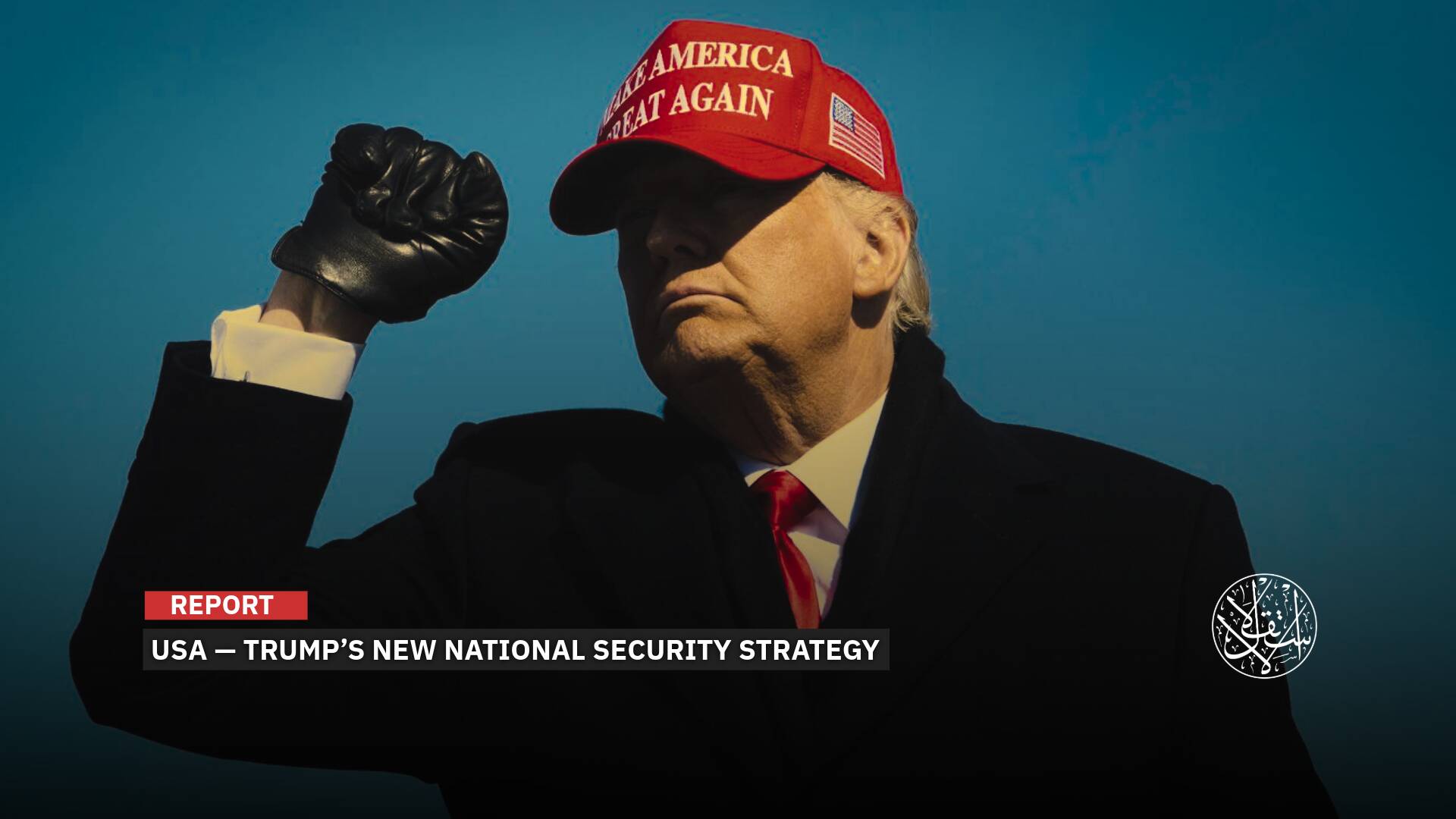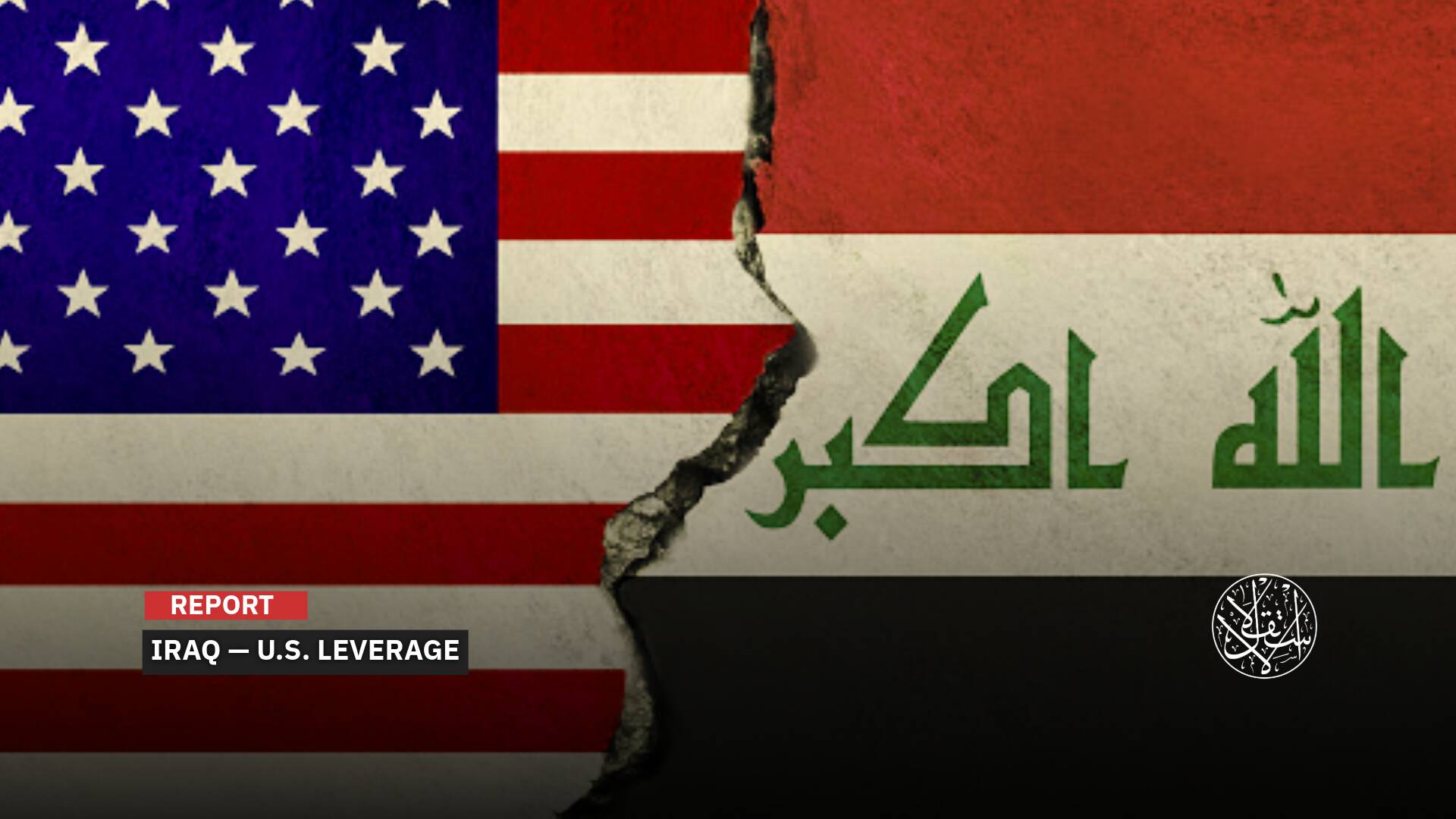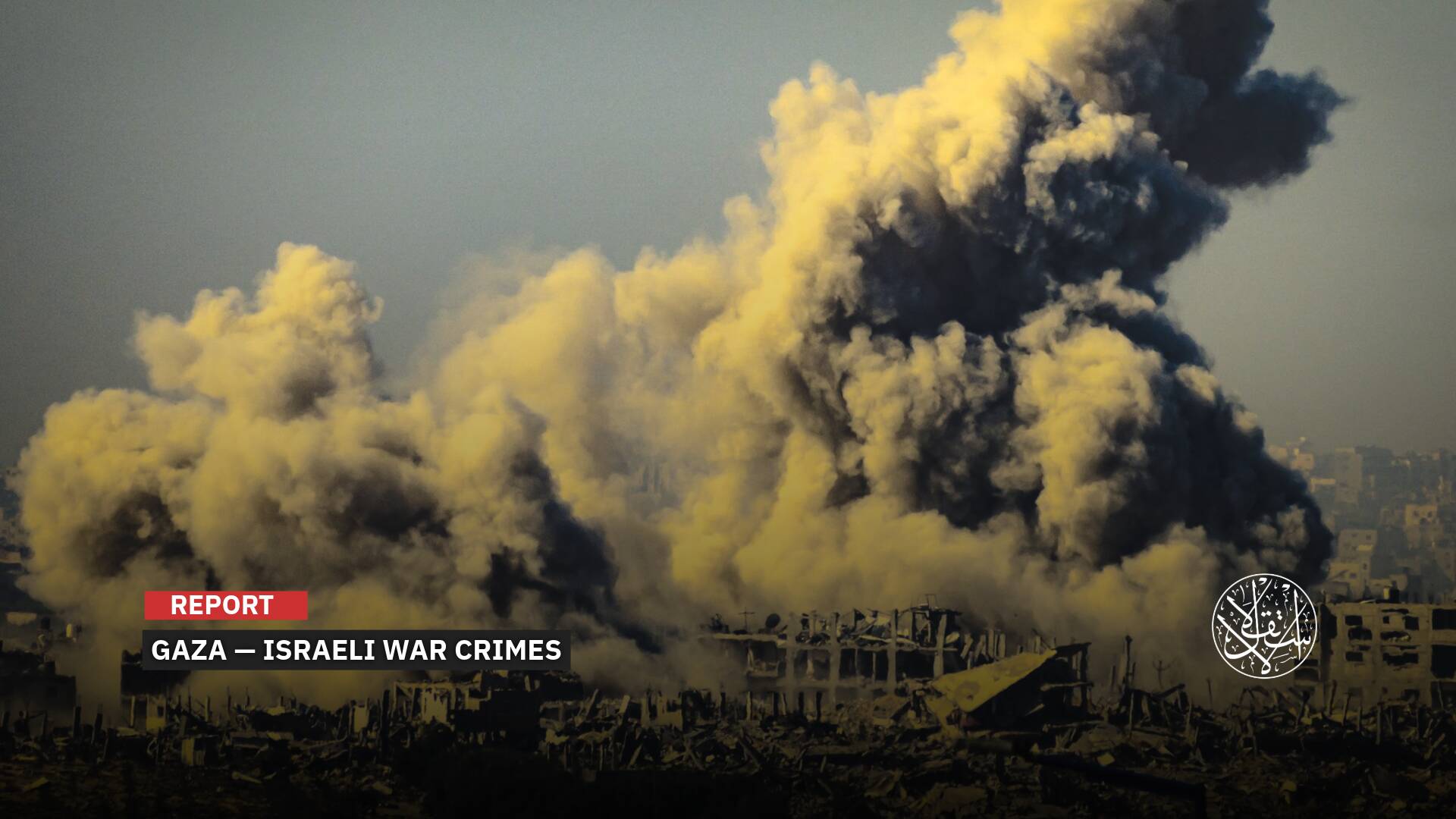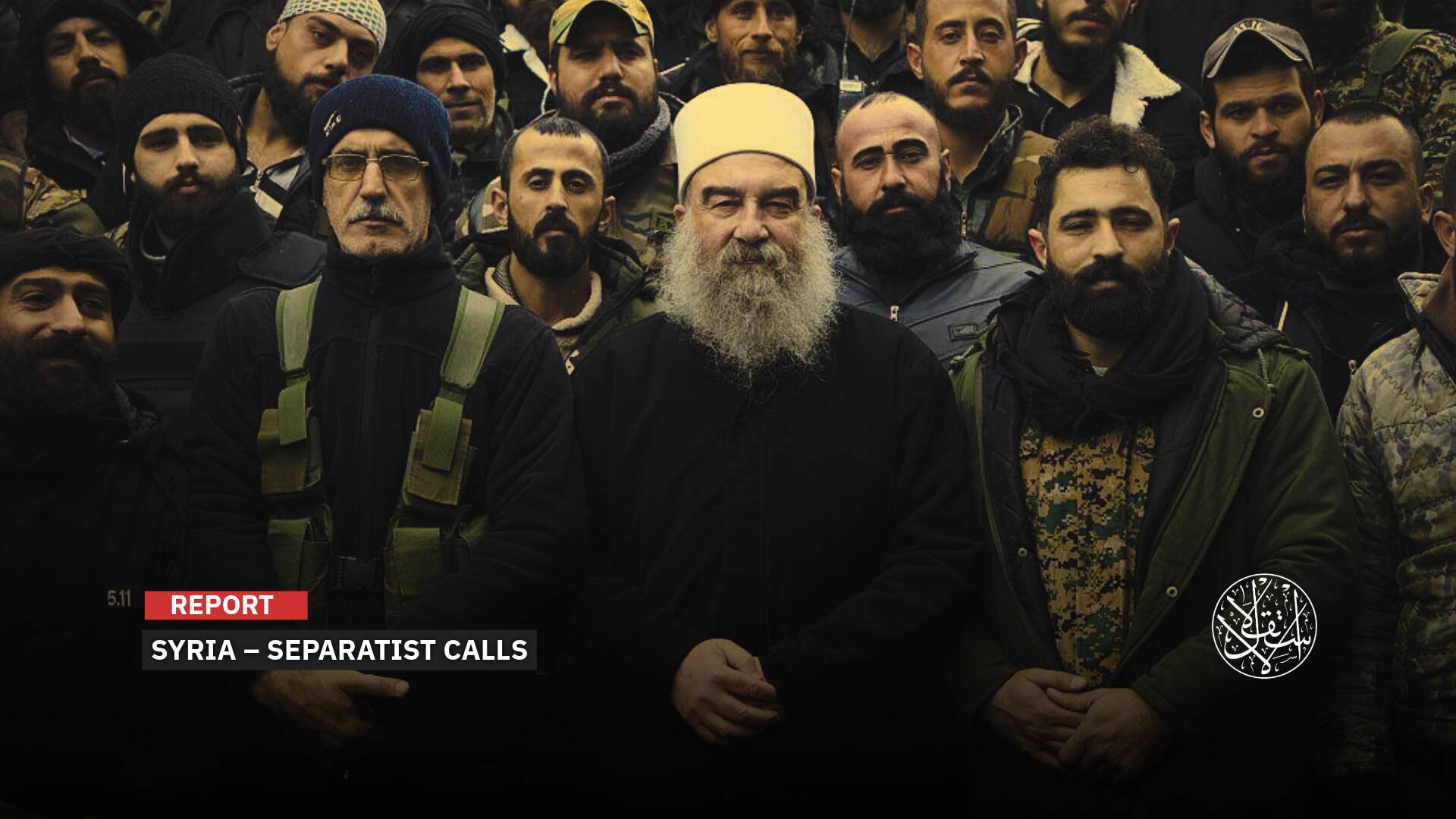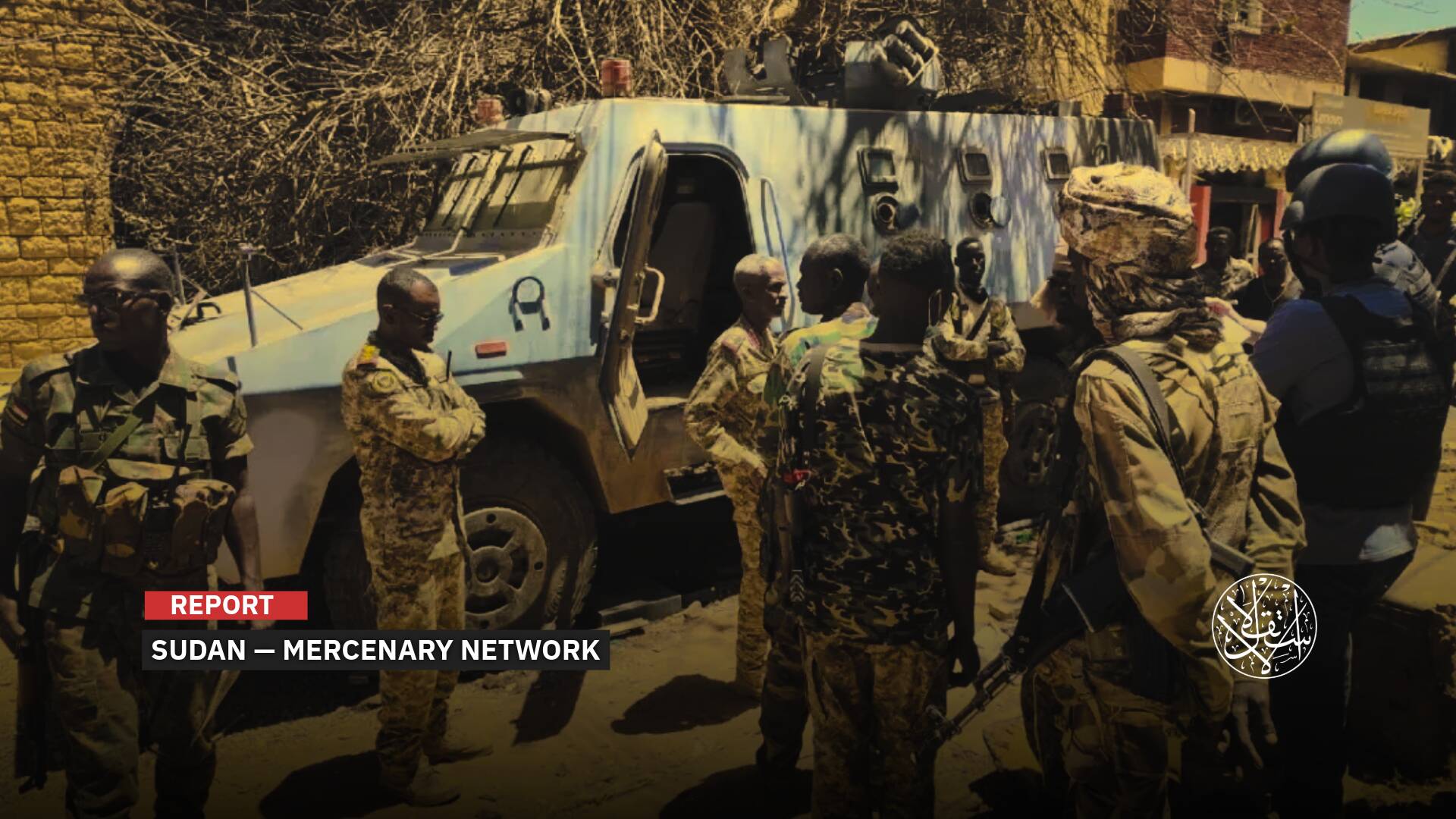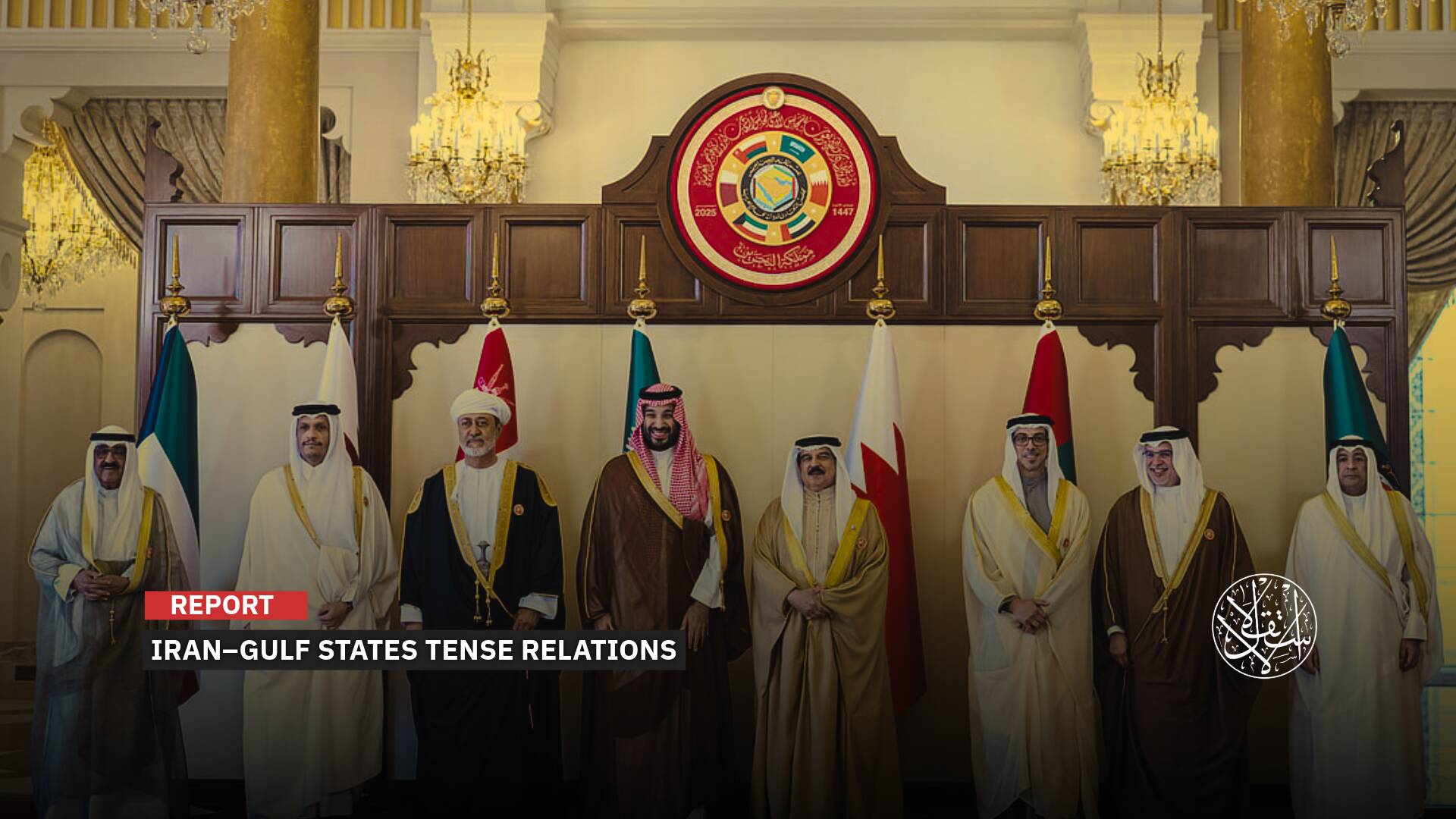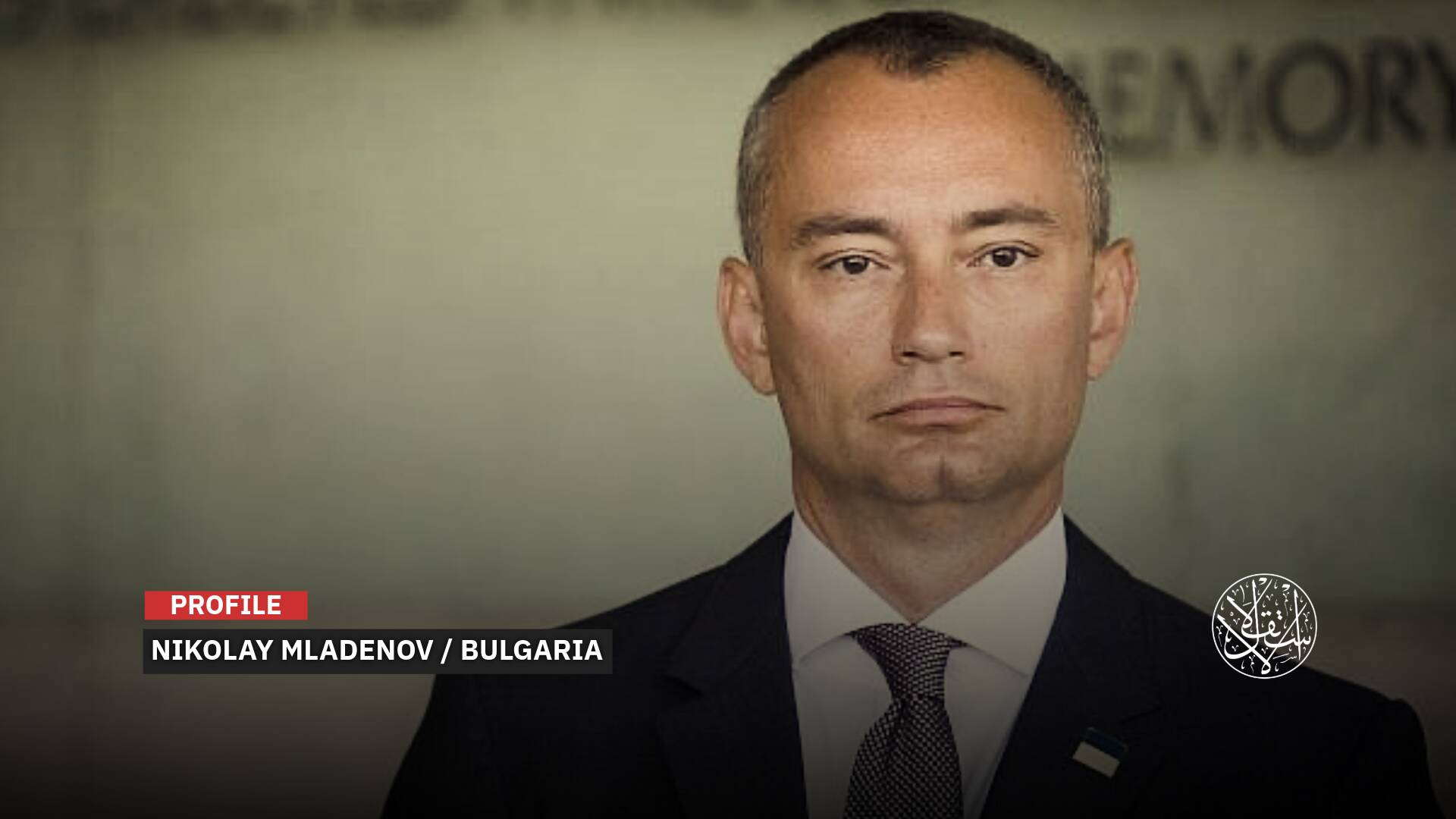Why Did New Syria Commit to Destroying Its Chemical Weapons Stockpile?

The new Syrian government seeks to eliminate any obstacles that could hinder reconstruction.
The new Syrian government is showing significant cooperation with the Organization for the Prohibition of Chemical Weapons (OPCW), aiming to swiftly dismantle the remnants of the chemical weapons program developed under the regime of the late Bashar al-Assad.
On March 5, 2025, during a closed-door meeting at the 108th session of the OPCW Executive Council in The Hague, Syria’s Foreign Minister Asaad al-Shaibani pledged his country’s commitment to quickly eliminating the remaining stockpiles of chemical weapons, a legacy of Assad's regime.
Chemical Destruction
Al-Shaibani, the first Syrian foreign minister to address the OPCW, emphasized Syria's readiness to resolve the ongoing issue, which had been imposed by the previous regime. He explained that the legal obligations stemming from violations were inherited from the former regime and were not Syria's doing. However, he assured that the country's commitment now is to dismantle the remaining stockpiles, put an end to this painful legacy, and ensure Syria aligns with international standards.
Al-Shaibani added that while planning to eliminate the chemical weapons had already begun, international support would be crucial. He noted Syria would require technical and logistical assistance, capacity-building, and experts on the ground.
Despite Syria's 2013 accession to the Chemical Weapons Convention, the full scope of the chemical weapons program under Assad has never been disclosed. The regime continued using chemical weapons to suppress the uprising, including a sarin gas attack on eastern Damascus in 2013 that killed hundreds, prompting Syria to join the OPCW under a deal brokered by the U.S. and Russia.
Following this attack, Syria committed to destroying 1,300 tons of chemical weapons and precursor materials, in compliance with United Nations Security Council Resolution 2118, which mandated the dismantling of Syria's entire chemical arsenal under joint supervision by the UN and OPCW.

Three international investigations have concluded that Assad's forces used sarin nerve gas and chlorine bombs in sporadic attacks on various Syrian areas during the years of the revolution, resulting in thousands of deaths and injuries.
The investigations were carried out by a joint mechanism between the United Nations and the Organization for the Prohibition of Chemical Weapons (OPCW), as well as the OPCW Investigation and Identification Team and a UN investigation into war crimes.
Syrian Network for Human Rights confirms that 400 officers from the ousted Assad regime were involved in the use of internationally banned chemical weapons, documenting 184 chemical attacks after Assad's regime signed the Chemical Weapons Convention.
The network estimates that 1,510 people were killed in these chemical attacks, in addition to a quarter of a million civilians killed by other weapons.
On April 7, 2018, Assad's regime carried out a chemical massacre against civilians in Douma, Damascus countryside, just 10 kilometers from the capital, killing dozens.
The largest chemical massacre by Assad’s regime took place in Eastern Ghouta in August 2013, which claimed the lives of over 1,400 civilians, followed by the Khan Sheikhoun massacre in Idlib in April 2017, where at least 100 civilians were killed.
On April 8, the OPCW released a report holding the ousted Assad forces responsible for chemical attacks on the town of al-Latamina in northern Syria in 2017.
According to the OPCW, two Syrian jets dropped sarin gas bombs on al-Latamina on March 24 and March 30, 2017. A Syrian military helicopter also dropped a chlorine gas cylinder on the village on March 25, 2017, injuring 106 people.
‘Three Dimensions’
Syria was supposed to undergo inspections as part of its membership in the OPCW, but for more than a decade, the organization was blocked from revealing the full scale of Assad's chemical weapons program.
However, the political shift in Syria with the fall of Bashar al-Assad's regime on December 8, 2024, presented a “new and historic opportunity” to gain clarity on the scope of the chemical weapons program, according to Fernando Arias, head of the OPCW, on March 5, 2025.
OPCW inspectors have concluded that Syria's declared stockpile did not accurately reflect the situation on the ground. They now seek to visit around 100 sites potentially linked to Assad's chemical weapons program, which spanned decades.
In light of this, the new Syrian government sees an opportunity to collaborate with the OPCW as a step towards overcoming the 11 years of obstruction imposed by Assad’s regime and fulfilling Syria’s obligations under the Chemical Weapons Convention.
Such cooperation would help protect the Syrian people from the repeated use of chemical weapons against them, hold accountable those responsible for their use, and enhance Syria's reputation as a trustworthy member of the international community.
The OPCW’s Secretariat presented a nine-point action plan to Syrian President Ahmed al-Sharaa and Foreign Minister Asaad al-Shaibani.
The plan outlines the following steps: preparing inventories of sites, equipment, ammunition, chemicals, documents, individuals, and facilities; declaring all elements of Syria’s chemical weapons program; and ensuring their verifiable destruction.
As the executive body of the Chemical Weapons Convention, the OPCW, with its 193 member states, aims to eliminate chemical weapons permanently.
Since the Convention came into force in 1997, it has been the most successful disarmament agreement, successfully eliminating an entire category of weapons of mass destruction.
In 2023, the OPCW confirmed that all declared chemical weapon stockpiles from the 193 member states had been irreversibly destroyed under the OPCW's strict verification system.
Thanks to its intensive efforts in eliminating chemical weapons, the OPCW was awarded the Nobel Peace Prize in 2013.
On March 7, 2025, UN High Representative for Disarmament Affairs Izumi Nakamitsu emphasized that the new political reality in Syria represents an opportunity to gain the long-awaited clarifications regarding Syria’s chemical weapons program.
She noted that ridding the country of all these weapons, normalizing relations with the OPCW, and ensuring Syria’s long-term compliance with the Chemical Weapons Convention would contribute to justice for the victims and Syria’s adherence to international law.

In this context, Syrian chemical weapons specialist Ahmad al-Ahmad stated that Syria's cooperation with the Organization for the Prohibition of Chemical Weapons (OPCW) has three dimensions.
“The first is legal, reflecting Syria's full commitment to international treaties, particularly concerning chemical weapons,” he told Al-Estiklal.
“The second dimension is humanitarian, which means the Syrian government's desire to pursue war criminals from Assad's regime by cooperating with groups, entities, and international parties that have supplied chemical weapons to Syria.”
“The third dimension is economic, where the new Syrian state seeks to remove any obstacles that could hinder economic development, reconstruction, and stability in Syria,” al-Ahmad added.
“The Syrian state today wants to revive the pharmaceutical industry in Syria to meet local production needs and resume exports. However, the OPCW is the only organization capable of advancing this sector, especially after the ban on the export of dual-use materials to Syria, which are used in both pharmaceutical production and chemical weapons manufacturing.”
Al-Ahmad also believes that “the OPCW's verification that Syria is free from chemical weapons and its inspection of production sites is a step to eliminate any justification for Israeli attempts to use this program as a pretext for launching attacks on Syria under any guise.”
‘Restoring Trust’
In previous years, Bashar al-Assad's regime used the pretext of “armed terrorist groups,” referring to opposition factions, to obstruct access to sites containing chemical materials and block shipments headed to the port of Latakia on the Mediterranean, where they were meant to be transferred to a U.S. ship for destruction.
However, the United States had previously confirmed that less than five percent of Syria’s most dangerous chemical elements had been removed from the country.
By the end of 2013, Syria was expected to have transferred all its most dangerous chemical materials, totaling 700 tons.
The majority of the chemical weapons that Assad’s regime had declared were transferred out of the country for destruction, in line with the U.S.-Russia agreement at that time.
The materials were transported in 2014 on a Norwegian cargo ship, escorted by naval vessels from China, Denmark, Norway, and Russia.

In light of this, it is clear that the new Syrian government wants to move forward in making Syria free of chemical weapons through cooperation with the international community, especially during this sensitive phase of the country’s new era.
“This cooperation between the new Syrian state and the OPCW will reshape the international community's perception of Syria,” al-Ahmad said.
“The international community will view the new administration as the only credible path to advancing this issue without deception or evasion, unlike under Assad’s regime. This is especially true given the new government's pivotal role in stopping the export of drugs that were previously produced under Assad.”
“Following Assad’s downfall, the new government has successfully secured the sites and materials related to chemical weapons left behind by his regime,” according to the specialist.
Sources
- "Assad's Legacy": Al-Shaibani Reaffirms Syria’s Commitment to Eliminating All Chemical Weapons [Arabic]
- UN: International support needed to rid Syria of chemical weapons [Arabic]
- Syria’s caretaker Foreign Minister addresses OPCW’s Executive Council
- The 108th Session of the Executive Council of the Organisation for the Prohibition of Chemical Weapons (OPCW)
- Syria: 3 years since the chemical attack on Khan Sheikhoun [Arabic]


